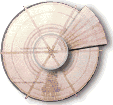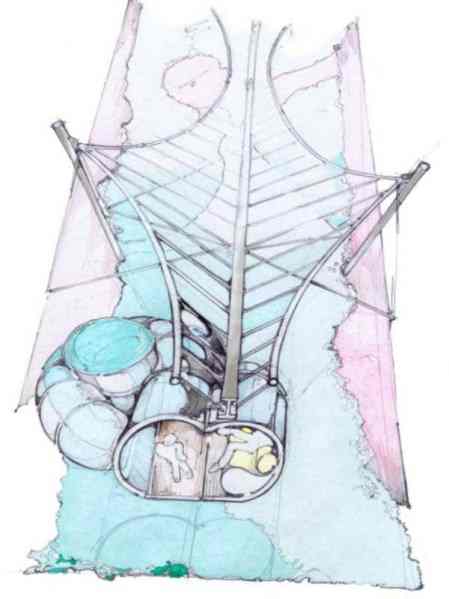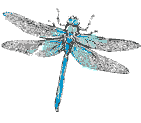Contribution to a dialog hosted by the Biennial diVeniza over the Internet.
An open brief titled 'THE CITY: LESS AESTHETICS, MORE ETHICS' asked designers to consider the contemporary city in general. Entries were then published on the Internet, creating an online forum. City's are, by their nature, organic living entities in a constant flux of decay, reorganisation and rebirth- the life span of most cities is many times greater than that of their built fabric. As the pace of change accelerates with improvements in communications and altering work patterns, so dose the need for infrastructure to react. In many ways transport has been this century's principle challenge to the established city. Freedom of movement through cities has always had an effect on the viability of a complex network of individual districts which form the whole, and are pivotal to this process of evolution. Inefficient and hungry for space, even when not in use, the motor car has intruded into many of our communal areas. The car has been responsible for dividing areas, often at the expense of vibrant mixed-use zones, which by their nature tend to thrive in a dense, fine grain structure. A lively streetscape has long been a welcome feature of City life- too good to be wasted on congested traffic..The use of an overhead public transport system is intended not only to ease movement, but also open public space for more social activities- pedestrians and cyclists can move freely within open or landscaped areas. Street markets and cafes have always been engaging places to pass through, and could be woven into a freshly uncovered network of corridors of movement. This system would be phased to coexist with existing infrastructure, allowing the reclamation of pedestrian space to be planned. Unlike conventional surface level or underground transport systems, individual branches can quickly be added, extended, moved or removed as the City continues in it's relentless state of metamorphosis. |
















